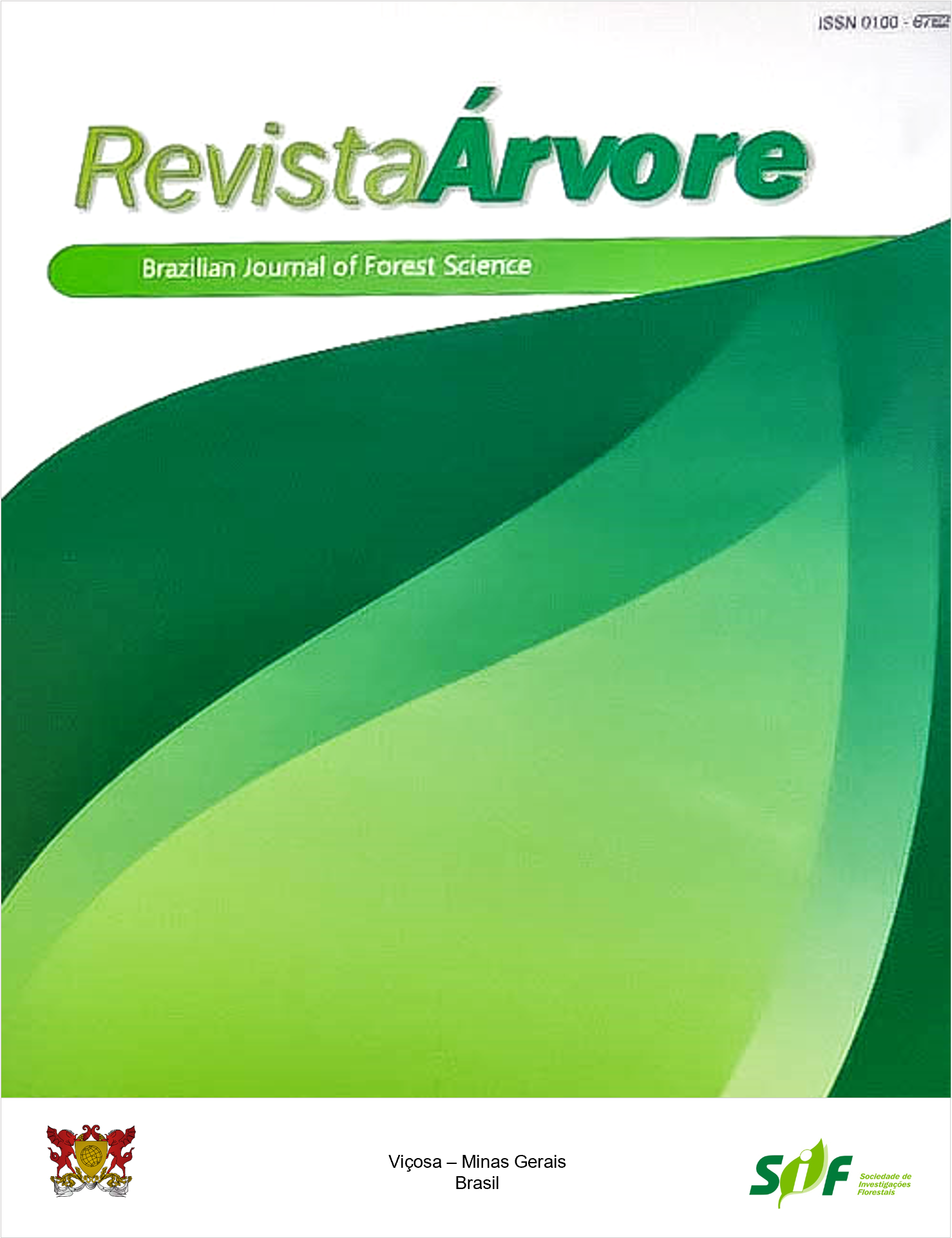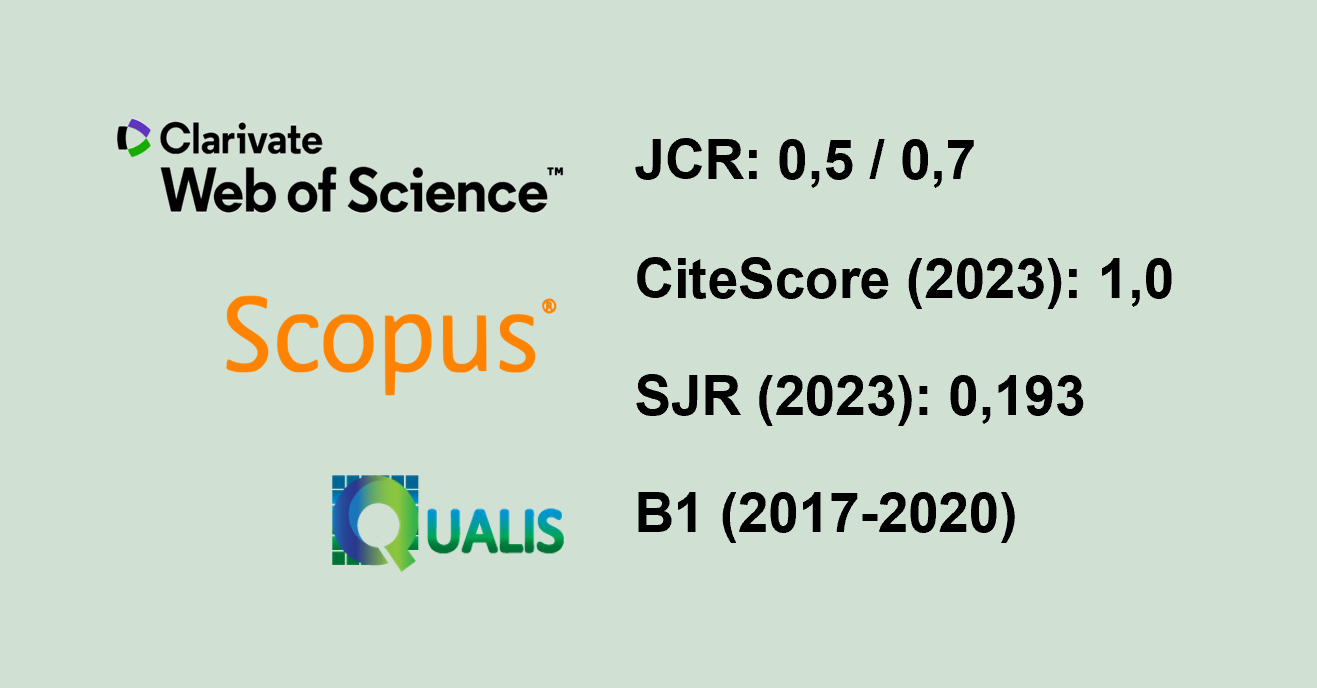CLOD STRUCTURE AND THE QUALITY OF MORINGA SEEDLINGS (Moringa oleifera LAM.) GROWN IN COMMERCIAL SUBSTRATE AND IN ORGANIC COMPOSTS
Keywords:
Tuberous root, vermicompost, tubesAbstract
The cultivation of tuberous-root species such as Moringa oleifera Lam. (moringa) requires well-dimensioned containers and the use of appropriate substrates, since seedlings will be removed from the container before their planting. Sugarcane bagasse, urban waste compost (compost), and vermicompost are promising wastes for substrate composition. The present study aims to assess the quality of moringa grown in substrate produced from sugarcane bagasse associated with compost or vermicompost in different-volume tubes. The study followed a randomized blocks design, at 2x7 factorial arrangement, namely: tubes’ volumes (50 and 240 mL) x seven substrates (commercial substrate; sugarcane bagasse associated with urban waste compost at three different ratios (1:3; 1:1 and 3:1) and sugarcane bagasse associated with vermicompost at ratios 1:3; 1:1 and 3:1). In conclusion, the 240 mL container was the most appropriate one for moringa seedlings’ production. Substrates presenting higher organic compost ratios led to greater shoot and tuberous root growth and to greater nitrogen-use accumulation and efficiency, which was equivalent to that of the commercial substrate. Higher sugarcane bagasse rates in substrate composition made it easier to remove the seedlings from the tubes and led to better physical quality of the clod after seedling removal from the tubes.
Keywords: Tuberous root; vermicompost; tubes
Downloads
Published
How to Cite
Issue
Section
License
Copyright (c) 2021 Revista Árvore

This work is licensed under a Creative Commons Attribution 4.0 International License.
All authors agreed to submit the work to Revista Árvore and granted the exclusive license to publish the article. The authors affirm that it is an original work and has not been previously published elsewhere. The scientific content and opinions expressed in the article are the sole responsibility of the authors and reflect their opinions, not necessarily representing the opinions of the editorial board of Revista Árvore or of the Society of Forest Investigations (SIF).




